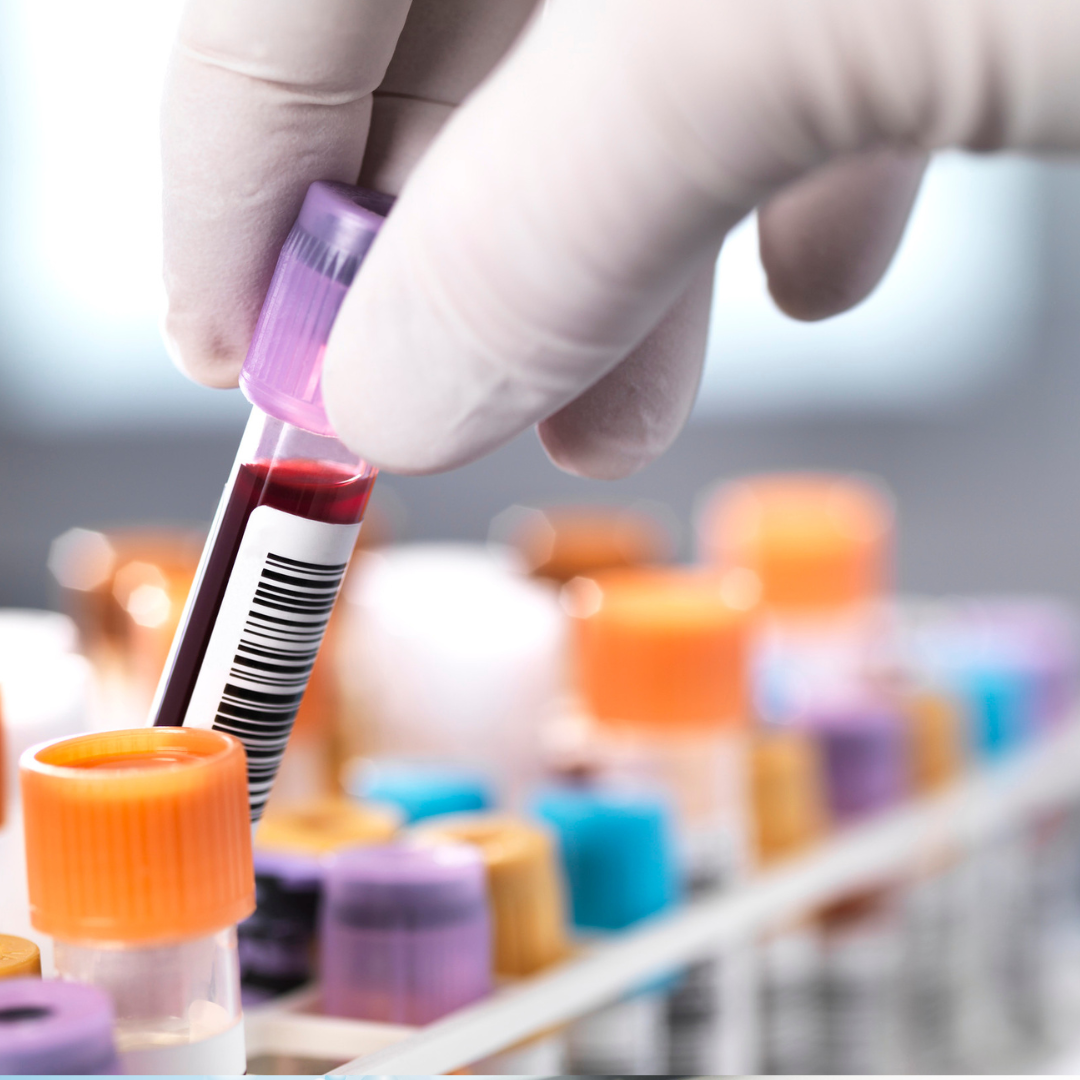Kidney function test parameters
Creatinine is a waste product that is produced by the muscles when they use energy. It is filtered out of the blood by the kidneys and eliminated from the body through urine. Creatinine levels in the blood are often used as a measure of kidney function because healthy kidneys typically filter creatinine out of the blood at a relatively constant rate.
High levels of creatinine in the blood can be an indicator of kidney dysfunction, as the kidneys may not be effectively filtering the creatinine from the blood. This can occur as a result of various conditions, such as kidney disease or damage, dehydration, certain medications, or muscle breakdown. In some cases, high levels of creatinine may require medical intervention.
An albumin blood test measures the levels of albumin, a protein produced by the liver, in the blood. Albumin plays an important role in maintaining the proper amount of fluid in the body and transporting substances, such as hormones and medications, through the blood.
A urea blood test measures the levels of urea nitrogen in the blood. Urea is a waste product that is formed in the liver when the body breaks down protein. It is then transported to the kidneys, where it is eliminated from the body through urine.
The test is usually ordered as part of a comprehensive metabolic panel, which is a blood test that provides information about the body's metabolism and organ function. The urea test is typically used to assess kidney function, as the kidneys are responsible for filtering urea out of the blood.
High levels of urea in the blood may indicate kidney dysfunction, as the kidneys may not be effectively filtering the urea from the blood. This can occur as a result of various conditions, such as kidney disease or damage, dehydration, or heart failure. In some cases, high levels of urea may require medical intervention, such as medication adjustments or dialysis. However, it is important to note that high urea levels can also be caused by factors unrelated to kidney function, such as a high-protein diet or gastrointestinal bleeding.
A calcium blood test measures the levels of calcium in the blood. Calcium is an essential mineral that is important for many bodily functions, including bone health, muscle function, and nerve function.
The test is usually ordered as part of a routine health checkup or to help diagnose and monitor certain medical conditions, such as thyroid or parathyroid disorders, kidney disease, or bone disorders like osteoporosis.
High or low levels of calcium in the blood can be indicative of a number of different conditions. High levels of calcium, known as hypercalcemia, can be caused by overactive parathyroid glands, cancer, or certain medications. Low levels of calcium, known as hypocalcemia, can be caused by vitamin D deficiency, kidney disease, or certain medications.
It is important to note that the body regulates calcium levels tightly and may compensate for changes in calcium levels, so additional testing may be necessary to confirm a diagnosis. Treatment for abnormal calcium levels depends on the underlying cause and may involve medications or dietary changes.
A bicarbonate blood test measures the levels of bicarbonate, a form of carbon dioxide, in the blood. Bicarbonate is an important electrolyte that helps regulate the pH balance of the blood and plays a role in many bodily functions.
The test is usually ordered as part of a basic metabolic panel, which is a blood test that provides information about the body's metabolism and organ function. The bicarbonate test is typically used to assess the body's acid-base balance, which can be disrupted by various conditions, such as kidney disease, respiratory problems, or metabolic disorders.
Low bicarbonate levels, known as metabolic acidosis, can be caused by conditions such as kidney failure, uncontrolled diabetes, or severe diarrhea. High bicarbonate levels, known as metabolic alkalosis, can be caused by conditions such as vomiting, ingestion of certain medications, or excess aldosterone production.
Treatment for abnormal bicarbonate levels depends on the underlying cause and may involve medications or lifestyle changes.
Frequently Asked Questions (FAQs)
How is the test performed?
You will receive a complete blood collection kit by post. The kit contains all you need to collect blood from your finger. The components of the kit are:
1. Instruction Sheet: Provides detailed steps on how to collect the blood sample correctly.
2. Box: Contains all the components and is used to hold the tube while collecting blood.
3. Lab Request Form: Needs to be filled out and included with the sample.
4. Labels: For labeling the sample tube.
5. Tube Pouch: A protective pouch for the sample tube.
6. UN3733 Prepaid Mailing Bag: For sending the sample back to the lab.
7. Lancets: Used to prick your finger for blood collection.
8. Wipes: For cleaning your finger before and after collection.
9. Plasters: To cover your finger after blood collection.
10. Blood Collection Tube: for collecting the blood sample.
These components are essential to ensure that the blood sample is collected, stored and sent correctly for accurate testing.
Do I need to set up an account?
No, you don’t need to set up an account, but you do need to activate the sample ID before sending your blood sample to the lab.
Should I fast before collecting my blood sample?
Most of our tests don’t require fasting. However, for accurate results, if you are doing a cholesterol/lipid profile test, fasting is recommended for at least 8 hours, but you can drink water. Non-fasting in this case could lead to triglyceride elevation, especially after a fatty meal as the elevation will be significant.
I couldn’t collect enough blood, what should I do?
If you read the instruction sheet carefully and follow the steps as directed, then you should not have a problem in collecting the right amount of blood. However, if you followed all the steps and couldn’t get enough blood, i.e., to the upper line, please contact us and we will arrange to send you a fresh tube, lancets, wipes and plasters free of charge. Please make sure you keep any unused elements (instruction sheet, box, lab request form, labels, tube pouch, and UN3733 prepaid mailing bag) from the kit as you will need them when you receive the new tube and lancets.
I sent my sample, and the blood wasn’t enough, and I didn’t contact London Health Company. What’s going to happen now?
Don’t send any sample if the blood isn’t enough unless you contactedus and we told you to do so. If you sent the sample and the blood wasn’t enough, the lab will reject your sample and it won’t be processed.
After I closed the yellow tube cap, and inverted it 5-10 times gently, I noticed the waxy substance in the tube didn’t dissolve or move, is this OK?
Yes, this is fine. When inverting the tube, the blood will mix with the waxy substance, but you won’t be able to see any difference. The waxy substance will not move or dissolve.
The yellow-top tube has waxy substance, but the purple top tube looks empty. Is it a faulty tube?
The purple top tube is perfectly fine and should look empty.
Where do I find my sample ID?
Your sample ID is unique and should be on the small lab request slip and is highlighted. Your sample ID should always start with three letters and has no spaces.
What happens if I forgot to activate my sample ID before sending the sample to the lab?
This will cause significant delays in reporting the sample if it arrives at the lab and is not yet activated.
What if I forgot to include the lab request slip/form with my sample?
That shouldn’t be a big problem. You can still receive your report on time, but you need to make sure that the sample ID is activated before the sample arrives at the lab. If the lab request slip/form isn’t included and the sample ID isn’t activated, the lab will discard the sample and no refund will be issued.
I bought my test kit online, does that mean that you have my details, and I don’t need to activate my sample ID?
You still need to activate your sample ID. By activating your sample ID, your blood sample is linked to you. Without activating your sample ID, your blood sample won’t be traced back to you.
Do I need to drop off my blood sample at the post office?
No need to drop it off at the post office; any red letterbox should be fine. Make sure that it’s dropped off before the last collection time; otherwise, it will stay in the letterbox overnight and the lab won’t get it the next day.
Why do I need to avoid posting my blood sample on Friday and weekends?
We aim to receive your blood sample within 24 hours of blood collection. If the sample is posted on a Friday, it means that it will stay in the post for 3 days.
How long does it take for the lab to receive my sample?
Generally, samples arrive within 24 hours of posting to the lab. We use Royal Mail Tracked 24 service, but sometimes, there might be a slight delay in delivery. If the sample’s integrity was compromised by delays, we send a free replacement kit if you have the tracking number to prove the time of posting.
How will I know if my sample was received by the lab?
You will receive an email notification confirming that your sample was checked into the lab.
How will I receive my results?
Once your report is checked and ready, it will be sent to your registered email.
Why have I not received all my results?
This is usually due to one of two reasons:
1. Late or non-activation of the sample ID.
2. Entering the wrong sample ID.
Why does my report say that my sample was rejected by the lab?
Sample rejection mainly occurs due to haemolysis, which is when the red blood cells in the blood collection tube start to break down. This impacts the lab ability to generate results for some tests.
Haemolysis can happen at any stage of the process but most commonly occurs during blood collection. It often results from squeezing your finger instead of massaging the side of your hand. This only happens in a small number of cases, and we will provide a second kit free of charge.
Another reason for sample rejection is when a person has been unable to collect the necessary amount of blood required to perform the testing and sends it to the lab without contacting us beforehand.
Featured Categories
-

General Health Blood Tests
A variety of tests to assess diabetes status, general health, kidney, liver...



